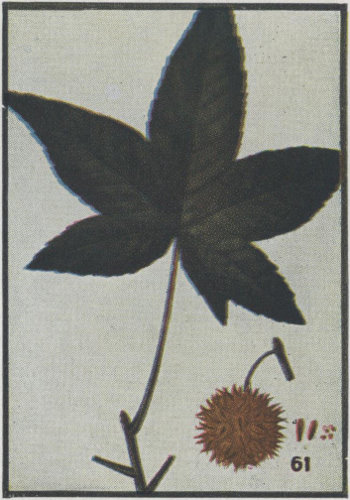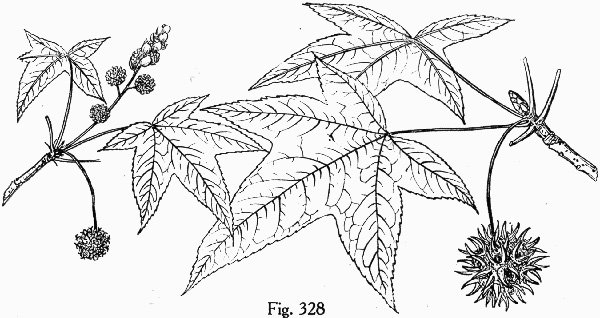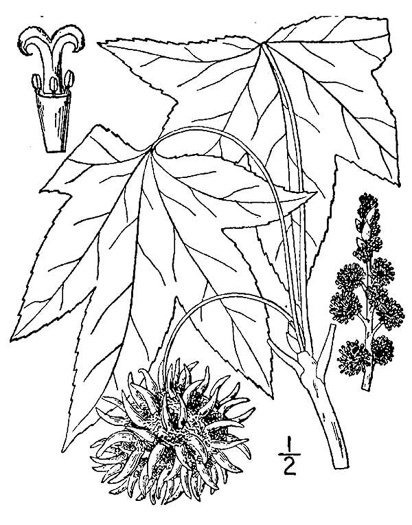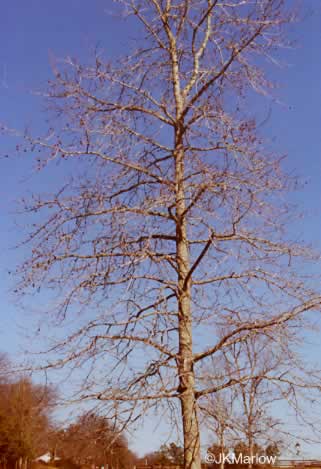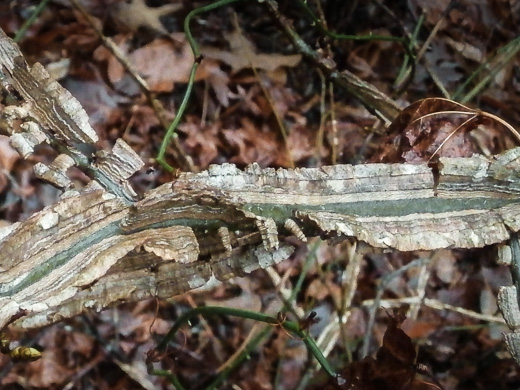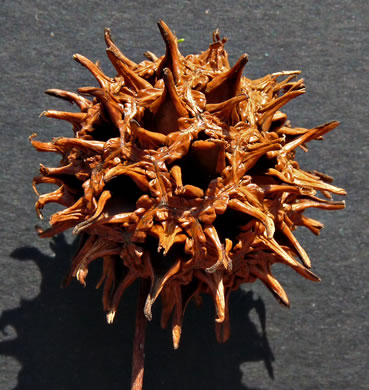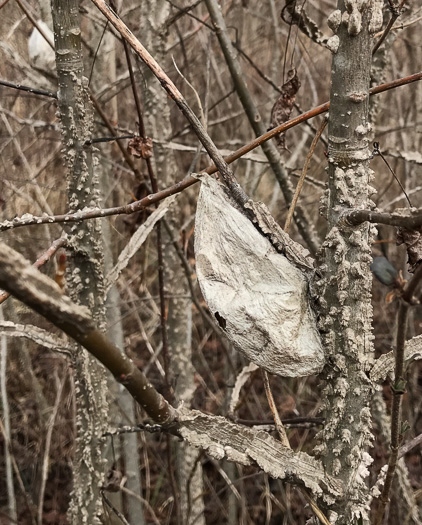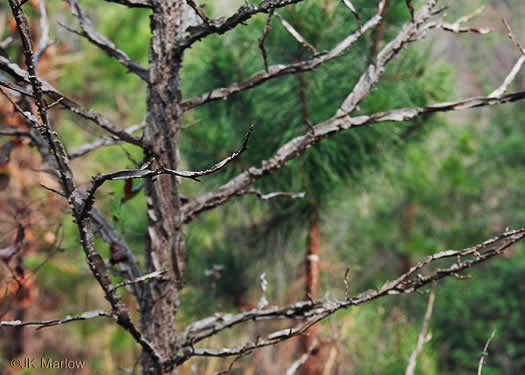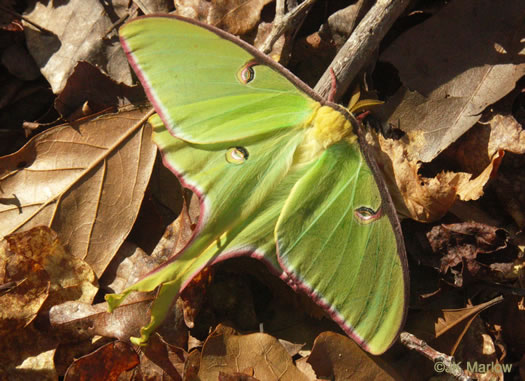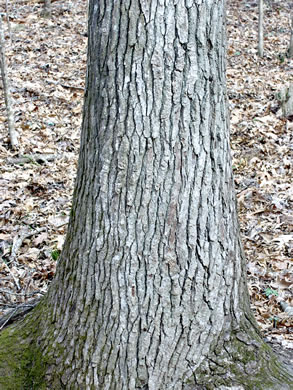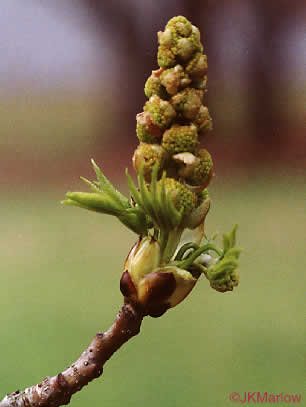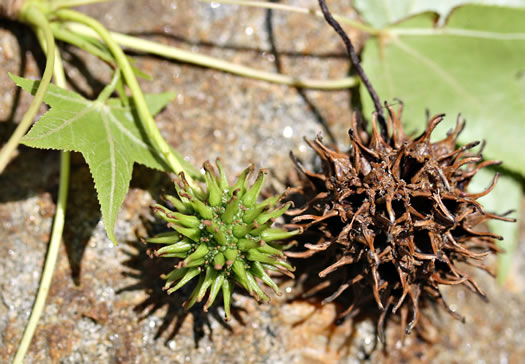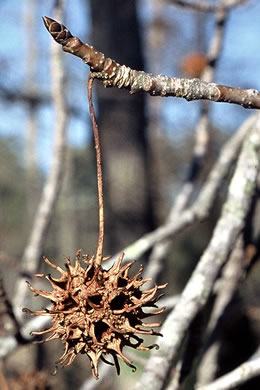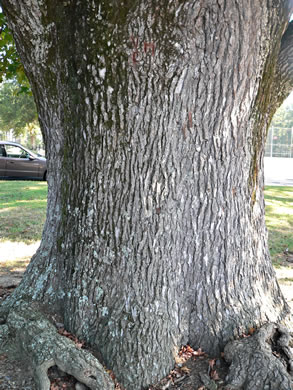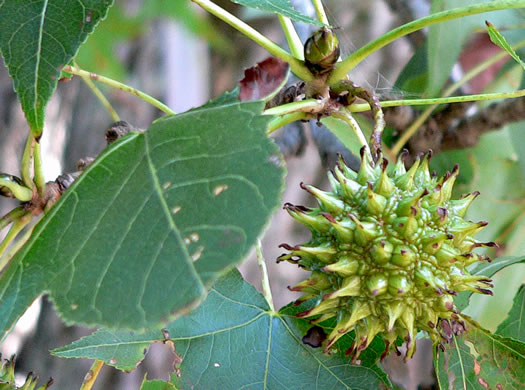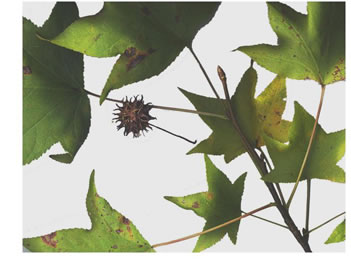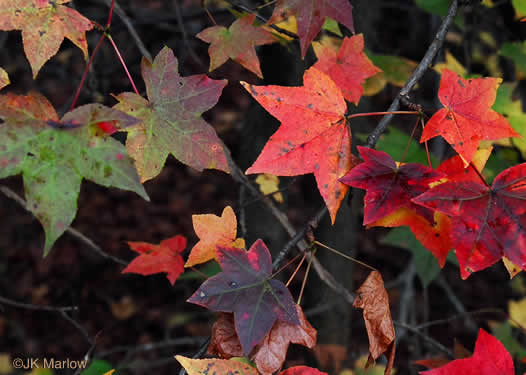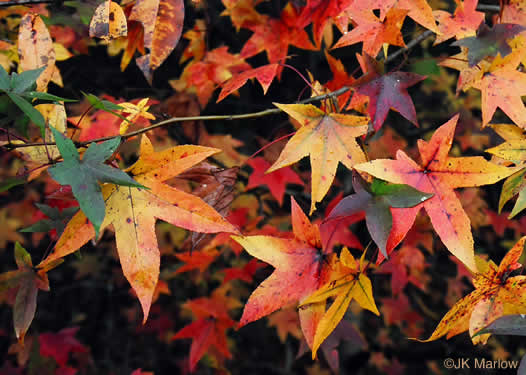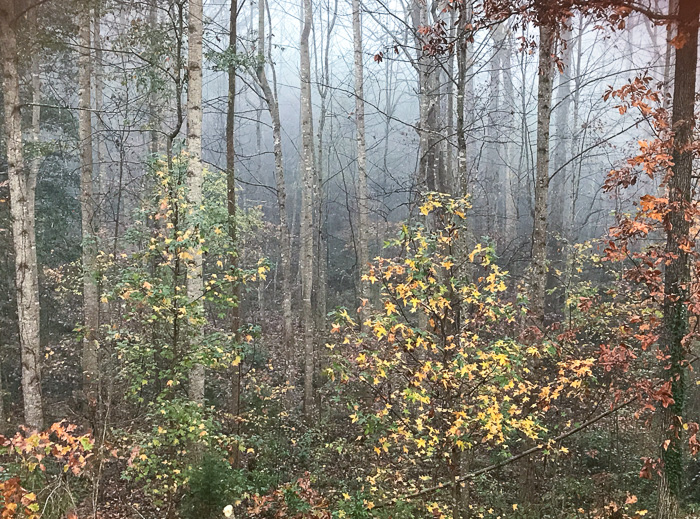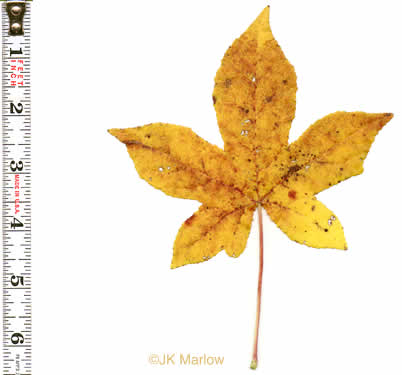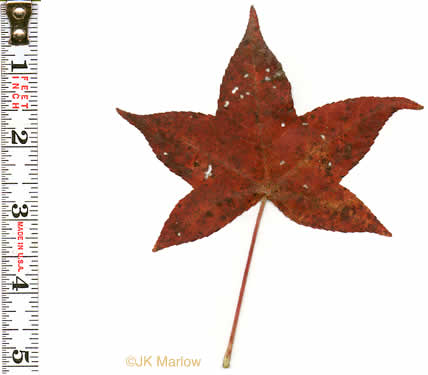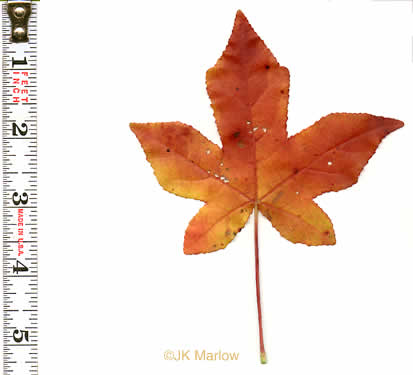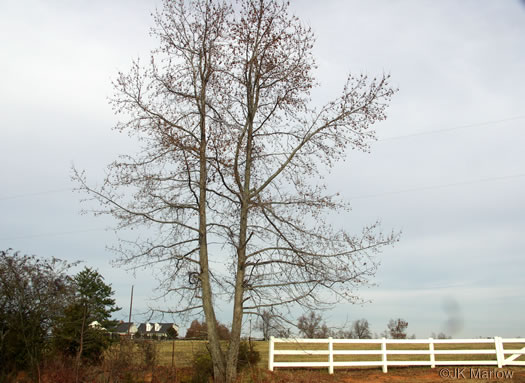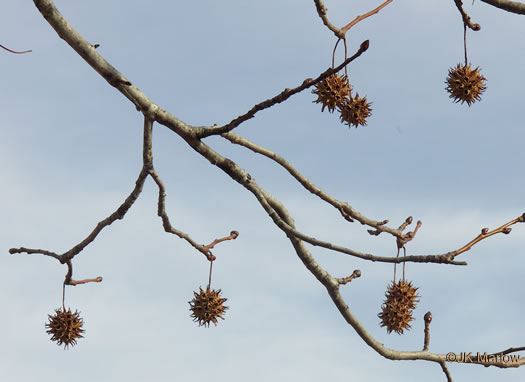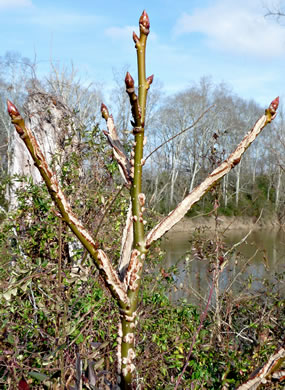Spermatophytes (seed plants): Angiosperms (flowering plants): Eudicots: Core Eudicots: Saxifragales
WEAKLEY'S FLORA OF THE SOUTHEASTERN US (4/24/22):
Liquidambar styraciflua
FAMILY
Altingiaceae
Go to FSUS key
Dig deeper at SERNEC, a consortium of southeastern herbaria.
You may also want to check Trees, Shrubs, and Woody Vines of North Carolina
Sweetgum is one of the first pioneer woody species in old fields. Learn more from Vascular Plants of North Carolina.
The most interesting cultural feature of sweetgum is its aromatic resin. Read more at Tree Talk, from University of Kentucky and Lexington community "tree-people".
The sap was previously gathered as a source of chewing gum. Although sometimes thought of as a small and weedy tree, Liquidambar reaches its greatest abundance and size in Coastal Plain swamp forests, where it can reach 2 meters in diameter. Liquidambar is a good example of a primarily bottomland tree which has proven to be an excellent colonizer of disturbed uplands. The twigs sometimes have irregular corky growths, per Weakley's Flora (2022)
SYNONYMOUS WITH
PLANTS NATIONAL DATABASE:
Liquidambar styraciflua
FAMILY
Hamamelidaceae
SYNONYMOUS WITH Flora of North America
Liquidambar styraciflua
SYNONYMOUS WITH VASCULAR FLORA OF THE CAROLINAS (Radford, Ahles, & Bell, 1968) 095-01-001:
Liquidambar styraciflua FAMILY Hamamelidaceae
SYNONYMOUS WITH Manual of the Southeastern Flora (Small, 1933, 1938)
Liquidambar styraciflua
COMMON NAME:
Sweetgum
To see larger pictures, click or hover over the thumbnails.
JK Marlow jkm0301a_13a
January Greenville County SC
Roadside
Tall & straight with a very compact pyramidal crown, per Teaching the Trees (Maloof, 2007).
JK Marlow jkm170103_058
January Greenville County SC
Some people refer to Sweetgum's corky, winged stems as "bacon on a stick"...
Richard and Teresa Ware rtw_l_styraciflua_4
January
Styles indurate [hardened] and spiny in fruit, incurved, per Flora of North America.
JK Marlow jkm210209_8709
February Greenville County SC
Blackwell Heritage Preserve
Is this the cocoon of a Luna Moth?
JK Marlow jkm0403p_34
March Greenville County SC
Bunched Arrowhead Heritage Preserve
The corky bark seen on some twigs provides texture and winter appeal, per Landscaping with Native Trees (Sternberg & Wilson, 1995).
JK Marlow jkm100314_126
March Decatur County GA
Sweetgum is a preferred host plant of the luna moth (Actias luna), per Bringing Nature Home (Tallamy, 2007).
Richard and Teresa Ware rtw_l_styraciflua_2
March
Produces an aromatic balsamic oleo-resin called American styrax or storax, per Flora of North America.
JK Marlow jkm0204a_20
April Anderson County SC
Sweetgum trees don't begin to flower until at least 20 years old, per Teaching the Trees (Maloof, 2007).
Gill Newberry gn05_liquidamber_fruits
May
Flower heads develop into spherical compound fruit with multiple capsules, per Woody Plants of the Southeastern US: A Winter Guide (Lance, 2004).
Richard and Teresa Ware rtw_l_styraciflua
September
Fruit a spiny ball of many capsules, persistent, woody, per Native Trees of the Southeast, An Identification Guide (Kirkman, Brown, & Leopold, 2007).
Richard and Teresa Ware rtw_l_styraciflua_1
September
Wood is used for cabinet making, furniture, veneer, barrels, and wooden dishes, per Flora of North America.
Paul Thompson pstliquidambar_styracifl
September?
Crushed leaves have a pungent odor. — Clemson Extension
JK Marlow jkm0411h_34
November Greenville County SC
Roadside
The Aztecs used the aromatic sap of sweetgums as medicine, per Teaching the Trees (Maloof, 2007).
JK Marlow jkm0411h_37
November Greenville County SC
Roadside
A single tree often has a mixture of green, yellow, orange, dark red, bronze, and purple leaves, per Weakley's Flora (2022).
JK Marlow s011117_d
November Greenville County SC
Star-shaped leaves are finely toothed, per Woody Plants of the Blue Ridge (Lance).
WEAKLEY'S FLORA OF THE SOUTHEASTERN US (4/24/22):
Liquidambar styraciflua
FAMILY
Altingiaceae
SYNONYMOUS WITH
PLANTS NATIONAL DATABASE:
Liquidambar styraciflua
FAMILY
Hamamelidaceae
SYNONYMOUS WITH
Flora of North America
Liquidambar styraciflua
SYNONYMOUS WITH
VASCULAR FLORA OF THE CAROLINAS (Radford, Ahles, & Bell, 1968) 095-01-001:
Liquidambar styraciflua
FAMILY
Hamamelidaceae
SYNONYMOUS WITH
Manual of the Southeastern Flora (Small, 1933, 1938)
Liquidambar styraciflua
If a search such as "Carex leptalea var. leptalea" doesn't deliver the results you want, try "Carex leptalea".
Or, to minimize chances of a misspelling, try just "Carex le".
Less is more: If "pencil flower" doesn't deliver the results you want, try "pencil".

